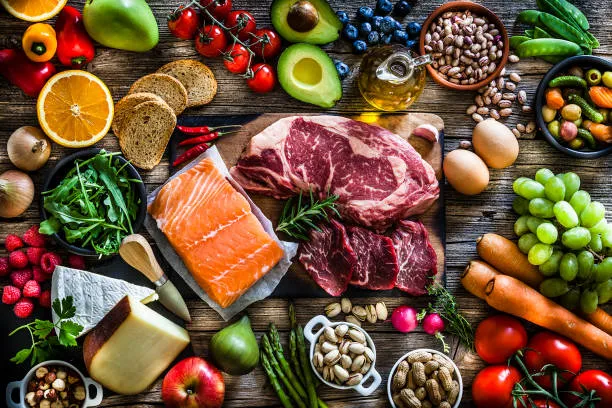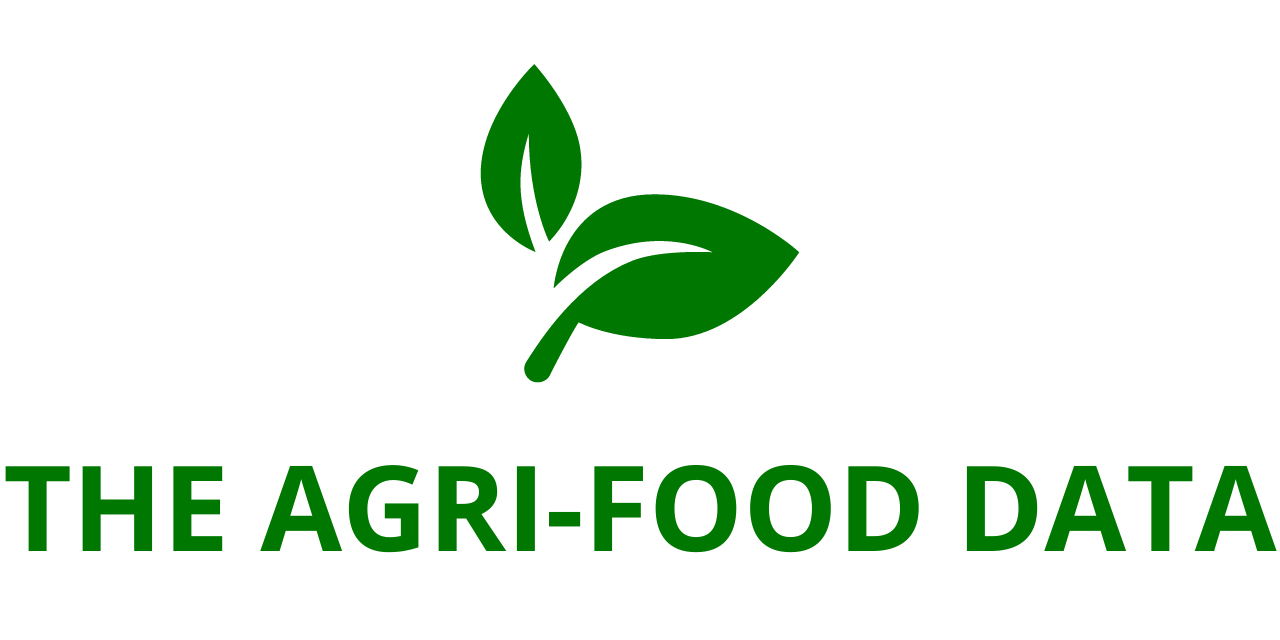
The comprehensive market research publication, “Functional Food Ingredients Market (2025 Edition): Analysis By Ingredient Type, By Application, By Region, By Country: Market Insights and Forecast (2021-2031),” has been added to the offerings of ResearchAndMarkets.com. This report provides a detailed evaluation of the global functional food ingredients market, offering an in-depth analysis of trends, growth drivers, challenges, and strategic developments shaping the industry landscape.
According to the findings, the global functional food ingredients market registered robust growth, with a compound annual growth rate (CAGR) of 5.00% during the period 2021–2024. The market size was valued at USD 114.17 billion in 2024 and is projected to reach approximately USD 170.68 billion by 2031, reflecting increasing consumer interest in nutrition-rich food products and growing health consciousness across regions.
Market Dynamics and Growth Drivers
The functional food ingredients market is undergoing significant transformation, fueled primarily by a surge in consumer awareness surrounding health and wellness. With modern consumers becoming more proactive about maintaining their health, there is a noticeable shift toward food products that offer additional functional benefits beyond basic nutrition. Functional ingredients—such as probiotics, prebiotics, proteins, amino acids, vitamins, minerals, dietary fibers, and bioactive compounds—are being widely incorporated into daily diets as a means of preventing or managing chronic illnesses including obesity, cardiovascular diseases, and diabetes.
This evolving consumer behavior is prompting food and beverage manufacturers to reformulate and innovate their product offerings. As a result, there is a proliferation of health-focused food products across multiple categories, including dairy, bakery, beverages, and dietary supplements. Increasing incidences of lifestyle-related disorders are acting as a major catalyst, as individuals are seeking preventive nutrition solutions that support immunity, digestive health, metabolic function, and overall wellness.
Rise of Plant-Based and Clean-Label Trends
Another key trend influencing the market is the accelerating preference for plant-based, organic, and clean-label products. Consumers are demanding transparency in sourcing, processing, and labeling, which is pushing manufacturers to eliminate artificial additives, GMOs, and synthetic preservatives from their formulations. In response, companies are embracing natural and organic functional ingredients, further driving innovation and product development in this space.
The surging popularity of plant-based diets has created opportunities for the development of alternative protein sources, including pea protein, rice protein, and soy protein. These ingredients not only serve health-conscious consumers but also align with growing environmental and ethical concerns. Clean-label positioning has become a significant differentiator, with consumers favoring brands that prioritize authenticity and sustainability.
Technological Innovations and R&D
Technological advancements are playing a pivotal role in shaping the future of functional food ingredients. Innovations in biotechnology, nanotechnology, and microencapsulation are enhancing the bioavailability, stability, and efficacy of nutrients in functional foods. These cutting-edge technologies enable targeted health solutions, helping consumers address specific health concerns such as bone density, cognitive function, and energy levels.
Research and development (R&D) initiatives focused on microbiome health, personalized nutrition, and food fortification are further expanding the scope of the market. Personalized nutrition—driven by artificial intelligence (AI), wearable health devices, and genetic testing—is creating opportunities for tailor-made functional food products designed to meet individual dietary needs.
Regulatory Landscape and Compliance
The regulatory framework governing functional food ingredients is becoming increasingly stringent. Regulatory bodies such as the U.S. Food and Drug Administration (FDA), European Food Safety Authority (EFSA), and other global agencies are imposing strict guidelines regarding health claims, labeling requirements, and ingredient safety. Manufacturers must ensure compliance with these regulations to maintain consumer trust and avoid legal repercussions.
Additionally, international trade policies and supply chain challenges continue to influence raw material availability and pricing. Manufacturers are under pressure to optimize sourcing, ensure traceability, and maintain product quality amidst evolving regulatory and logistical dynamics.
Regional Market Overview
Geographically, North America and Europe lead the global functional food ingredients market. These regions benefit from high levels of consumer health awareness, advanced food processing infrastructure, and established distribution networks. North American consumers, particularly in the United States and Canada, are actively embracing functional beverages, fortified snacks, and plant-based products. Similarly, European countries like Germany, France, and the United Kingdom have demonstrated strong demand for probiotic-rich dairy and clean-label products.
The Asia-Pacific region is emerging as a powerhouse of growth, supported by rapid urbanization, rising disposable incomes, and shifting dietary preferences. Countries such as China, India, Japan, and South Korea are witnessing a surge in demand for functional foods as the middle class expands and awareness of health benefits increases. The region also offers significant manufacturing capabilities and a large consumer base, making it an attractive destination for market expansion.

Meanwhile, Latin America and the Middle East & Africa are gradually contributing to global growth, with governments and private investors allocating resources to enhance food infrastructure and public health education.
Competitive Landscape
The global functional food ingredients market is highly competitive and characterized by continuous innovation. Leading multinational companies such as Cargill, DSM, Tate & Lyle, and Roquette Freres are actively engaged in strategic initiatives to enhance their market presence. These include mergers and acquisitions, product diversification, partnerships, and sustainability-focused practices.
The market is also witnessing a surge in functional ingredient startups that are disrupting the traditional value chain with niche products and technologically advanced solutions. Startups are leveraging trends like adaptogens, nootropics, and gut-brain axis research to introduce differentiated offerings targeting specific health needs.
Sustainability has emerged as a central focus for many market participants. From sourcing regenerative agricultural inputs to reducing carbon footprints and enhancing packaging recyclability, companies are investing in responsible practices that resonate with environmentally conscious consumers.
Future Outlook and Opportunities
Looking ahead, the outlook for the functional food ingredients market remains highly optimistic. The convergence of health awareness, technological progress, and changing consumer expectations is creating fertile ground for continued innovation. Areas such as microbiome modulation, immune system enhancement, and age-specific nutrition are expected to drive the next wave of growth.
Furthermore, advancements in AI, big data, and machine learning are paving the way for hyper-personalized food products that adapt to real-time health data. The integration of wearable technologies and mobile apps into nutrition planning is revolutionizing how functional food ingredients are consumed and tracked.
Scope and Methodology
The report offers a segmented analysis of the functional food ingredients market:
- By Ingredient Type: Probiotics & Prebiotics, Proteins & Amino Acids, Vitamins & Minerals, Fibers & Carbohydrates, and Other Functional Ingredients.
- By Application: Dairy Products, Beverages, Bakery & Confectionery, Meat & Seafood, and Other Functional Foods.
- By Geography: Americas, Europe, Asia-Pacific, Middle East & Africa.
- By Country: United States, Canada, Germany, France, United Kingdom, Italy, China, Japan, India, and South Korea.
The analysis covers the historical market performance from 2021 to 2024, the estimates for 2025, and forecasts through 2031. Key analytical frameworks used include SWOT analysis, Porter’s Five Forces, and market attractiveness assessments by region, ingredient type, and application.
The report also evaluates major market drivers, challenges, and emerging trends, while tracking ongoing competitive developments, product launches, and strategic collaborations.





